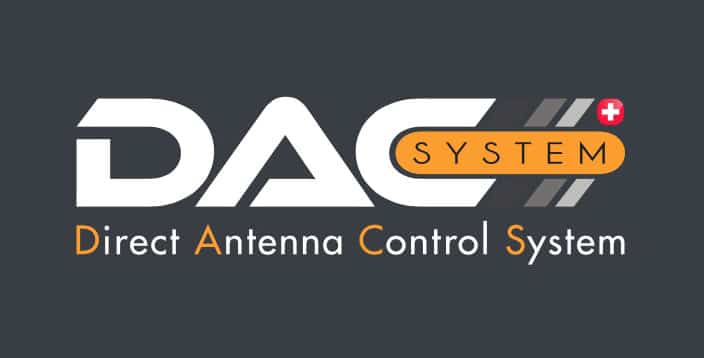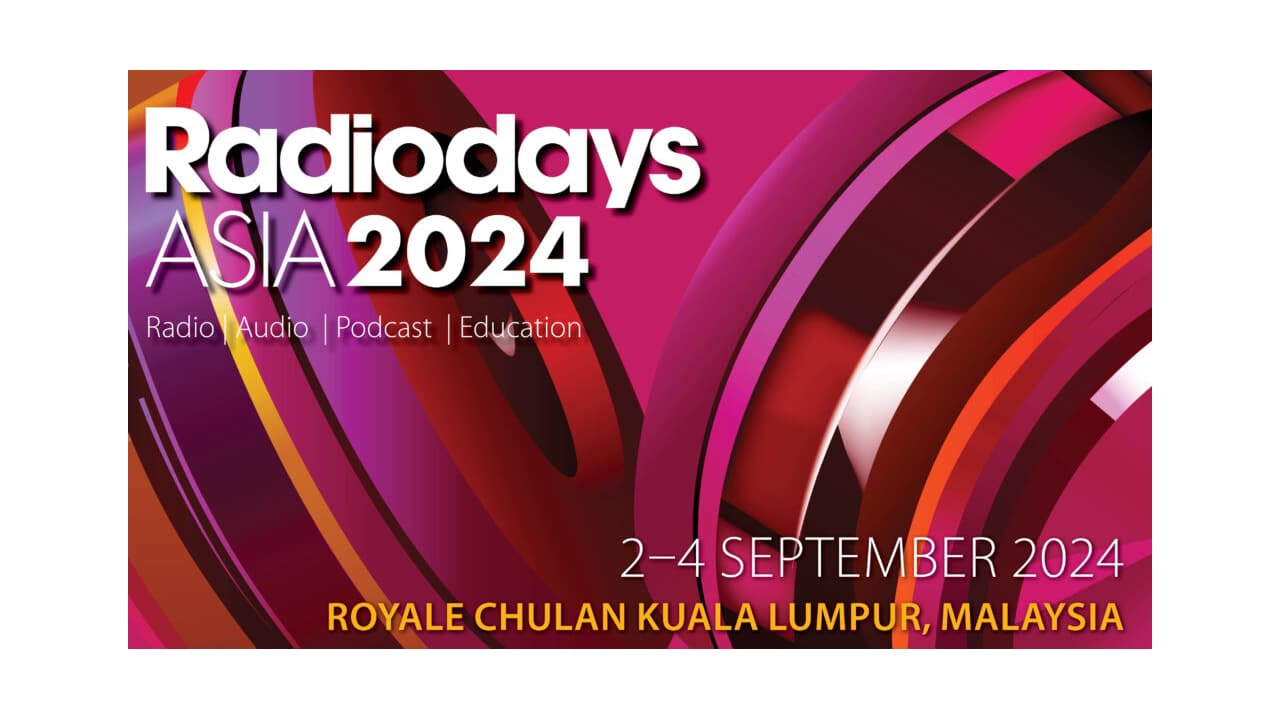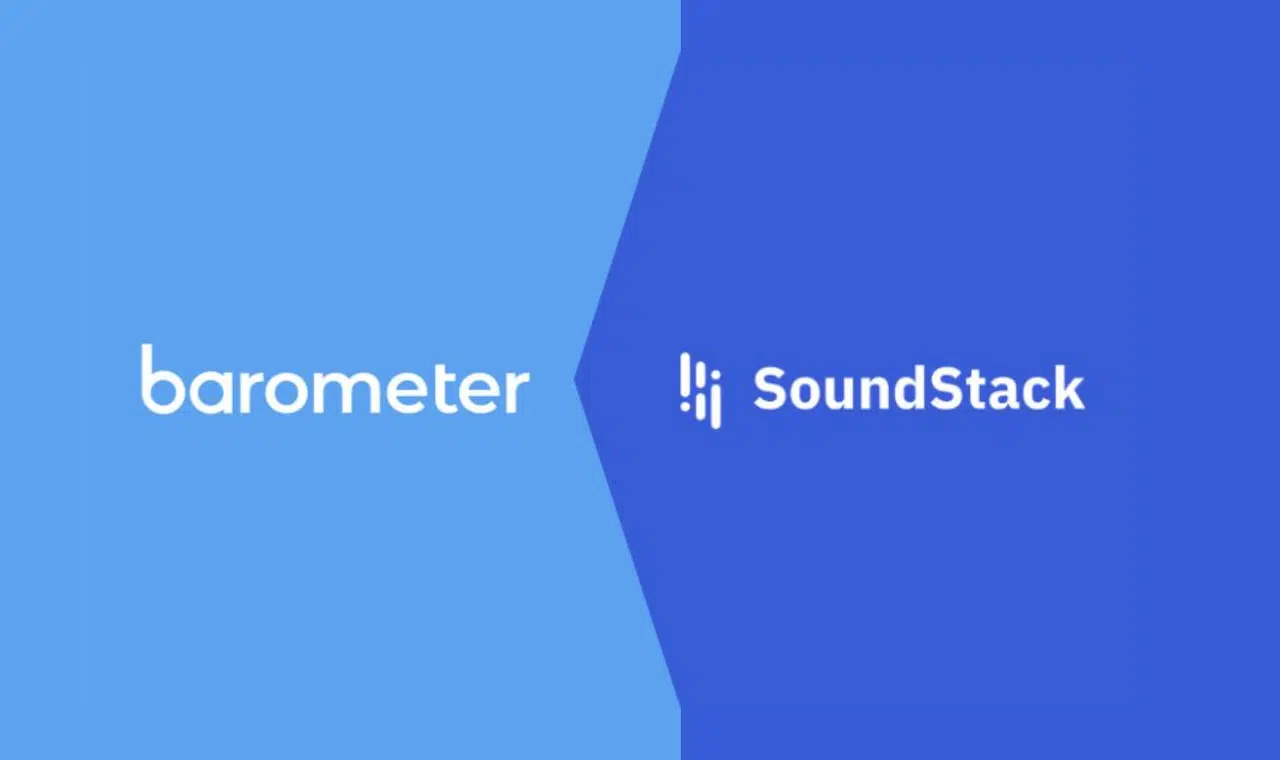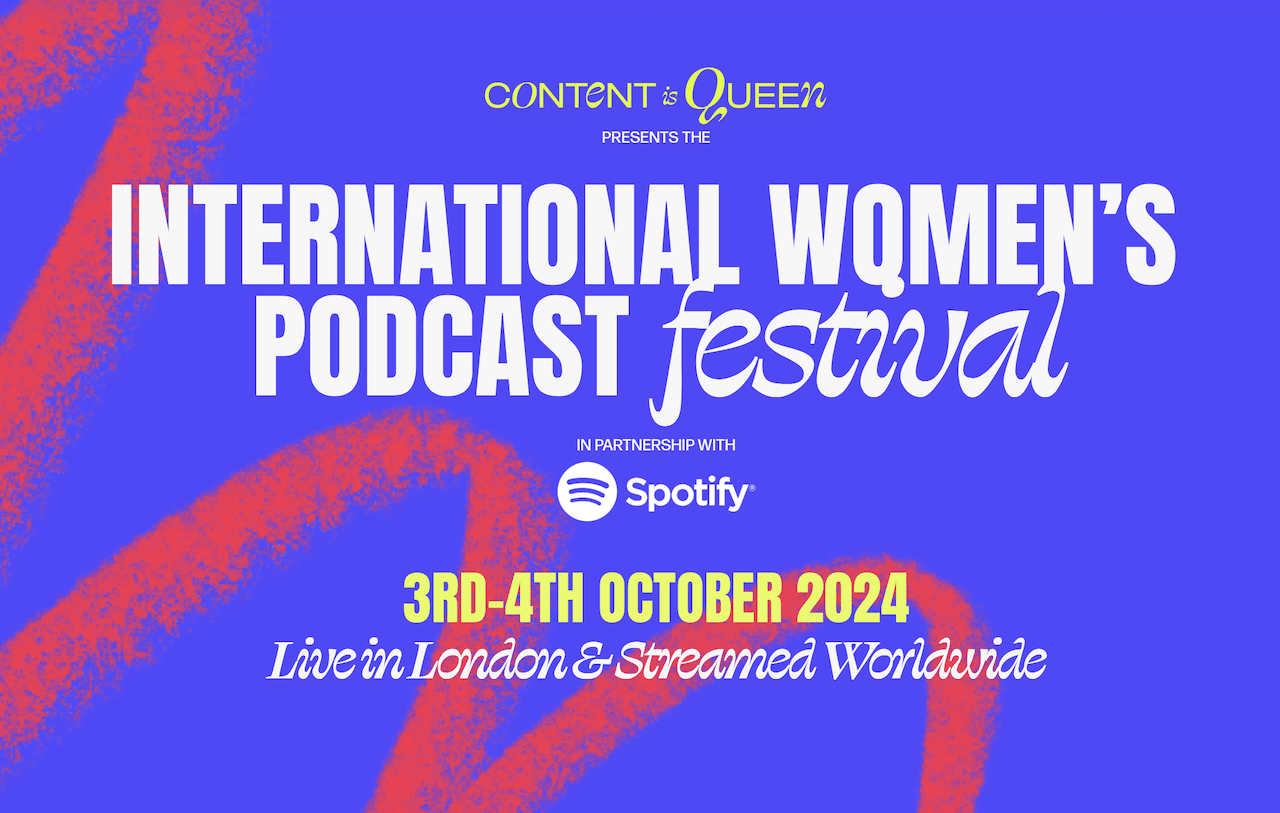
MONTREAL — Quebec-based Radio-Canada has been around for more than 80 years. About three years ago, it created a new brand called Radio-Canada OHdio, including an application and website. The offering separates the station’s digital audio content, placing talk radio under the ICI Première subbrand and music radio under ICI Musique. Radio-Canada produces 70% of its audio catalog; the balance, including concerts and comedy shows, comes through partnerships with other broadcasters from Canada and France.
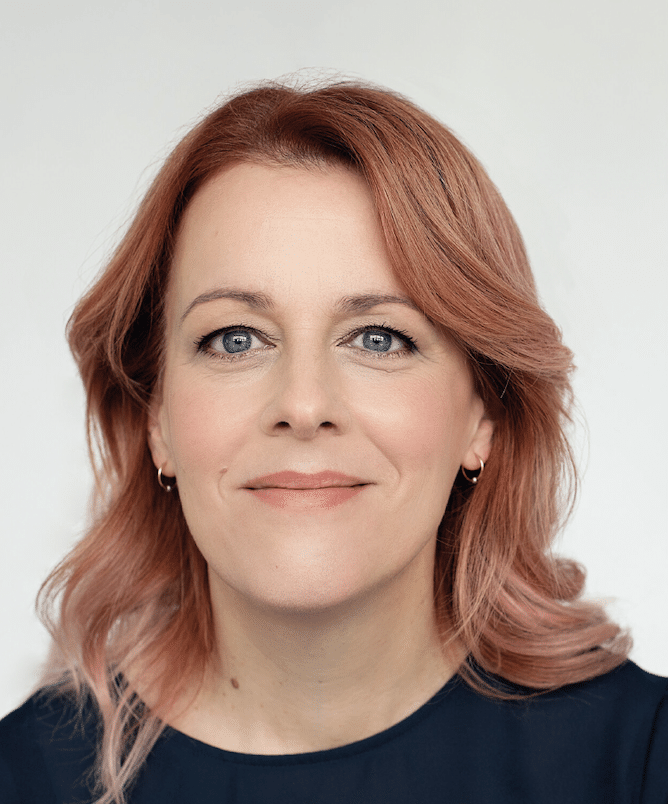
Natacha Mercure, Radio-Canada OHdio’s first director, is responsible for digital audio production. While each subbrand has its own programming for its target audience, occasionally, they do projects together. “Sharing a subject or personality, for example, lends itself to such synergy,” says Mercure, “but in general, we each have the independence to create our own content.”
ICI Première and ICI Musique do replay live programs as podcasts, but only about 5% of original podcasts are broadcast live. Podcasts are, first and foremost, produced for on-demand listening. In Quebec, audio audiences are on the rise, probably partly thanks to podcasts. In recent months, both radio and podcast audiences have been doing very well. “We’ve noticed that new listeners coming to Radio-Canada OHdio are mostly coming to discover and to listen to podcasts, allowing us to reach an audience that might never otherwise have come to Radio-Canada OHdio,” confides Mercure.
An international approach
Radio-Canada likes to work with other countries to share new ways of working and, of course, to grow its audience. Sharing archives is also an asset, which it has done with the last two co-productions with France Culture. “We also work with CBC, Radio-Canada’s English counterpart. We do a couple of collaborations with them every year, including Le Village, which was nominated at the Paris Podcast Festival,” Mercure explains.
Several times a year, Radio-Canada OHdio invites pitches for projects, internally and publicly. The team receives, on average, over 300 responses to such calls and analyzes each proposal. “We insist on a lot of detail, such as a synopsis for each episode and the target audience,” says Mercure. For the lucky ones, a development phase takes shape before entering production. The most important thing is that the story “has breath” and can last more than one episode.
When it comes to podcasts, we’re often friendlier — we have more time, so we can afford to be a little more familiar, and the listeners respond to that.
Radio-Canada OHdio’s director Natacha Mercure
From radio to podcast
So, what are the major differences between how content is conceived for live radio and podcasting? Are there more freedoms in the latter? “Maybe we allow ourselves a little more,” says Mercure. “When it comes to podcasts, we’re often friendlier — we have more time, so we can afford to be a little more familiar, and the listeners respond to that.” Mercure adds that radio stations don’t have the same time to edit content because they’re live 24/7. “Plus, we’re talking to niche audiences, whereas talk radio talks to a very large audience. So, we can afford to go into subjects hardly covered on air — we complement each other.”
As a public-service broadcaster, Radio-Canada doesn’t carry advertising on its live programming. For replays and podcasts, it’s a different story. Advertising exists in preroll with a maximum of 30 seconds on the internal platform (apps, websites, etc.) and two ads on external third-party distribution platforms, except for content for children under 13, which is ad-free. But Mercure is clear that the aim is not to add more advertising. To find out what listeners consider acceptable, the broadcaster conducts regular surveys among listeners who have never heard advertising on the public broadcaster. To calculate audiences, it uses two measurement systems — Triton Digital for external platforms and Radio-Canada’s own tools for internal measurements. “At Radio-Canada OHdio, we’re currently at almost 50/50 between consumption of on-air replay and original podcasts, which seems exceptional if we compare ourselves with major European radio stations,” says Mercure, adding that advertisers’ appetite for this new audio offering is strong, and the station’s marketing teams are working hard on positioning it. “It’s also a very high-quality product, so advertisers are increasingly interested in it.”
Given the diversity of existing niches, the project driving Radio-Canada today concerns a particular focus on multiple podcast communities. “We make sure we work with people who already have active communities and are close to their listeners,” says Mercure. “Discoverability is quite difficult for us on the French-speaking side. We’re surrounded by a lot of English-language content, and we have to ensure we stand out.”


